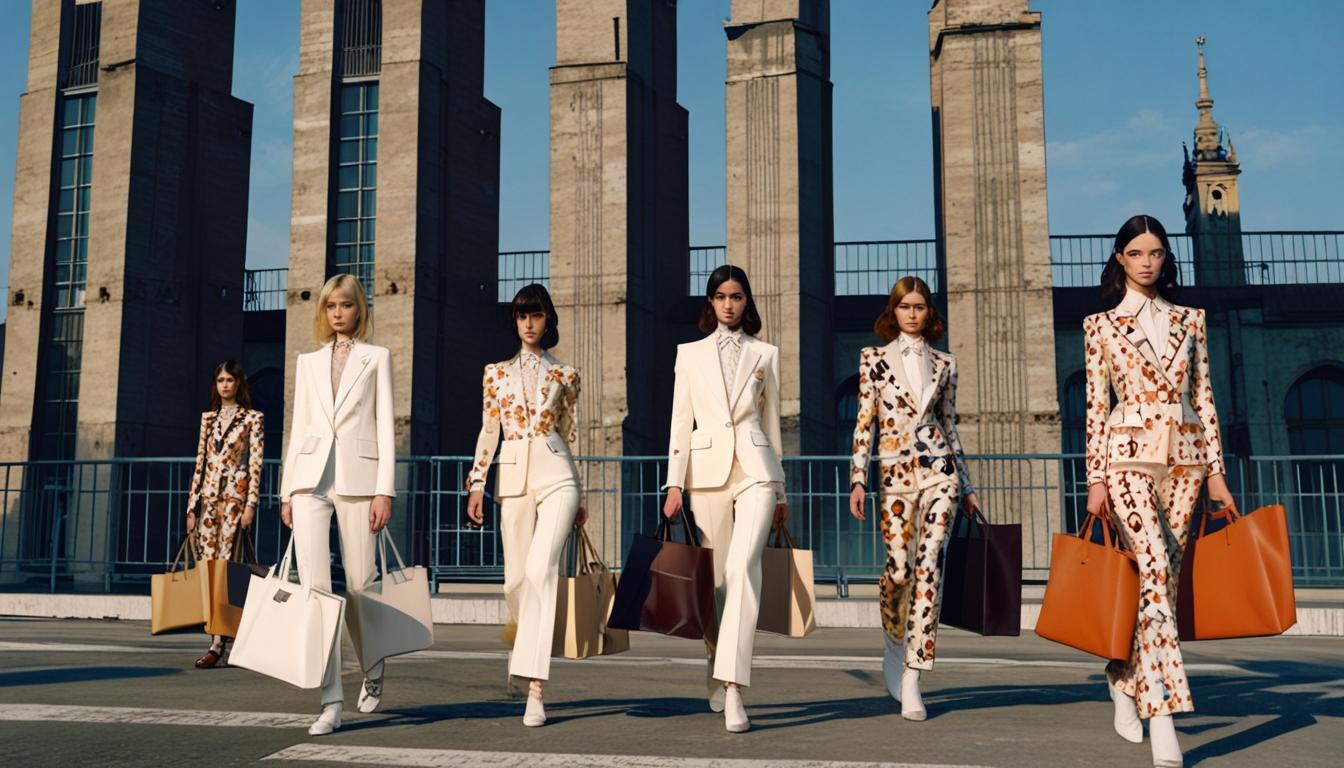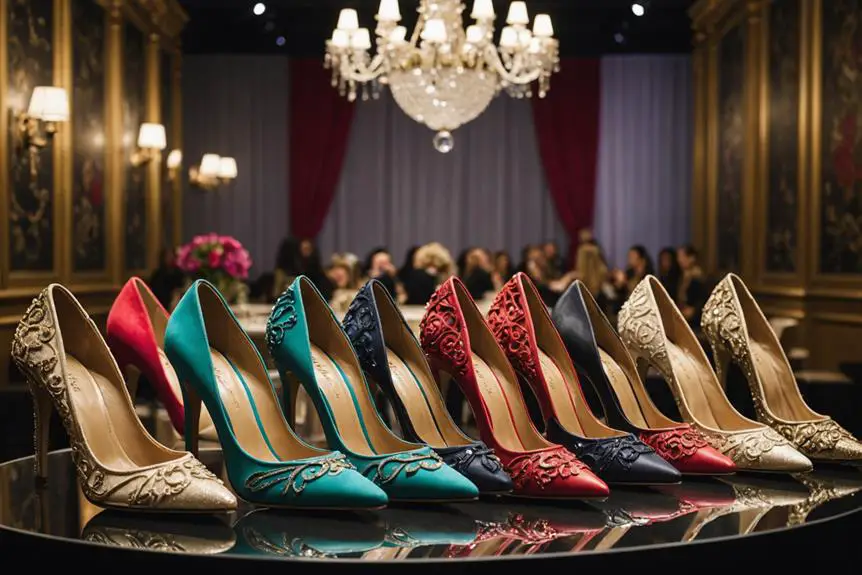The H&M Group is strengthening its commitment to sustainable fashion by expanding its second-hand platform, H&M Pre-loved, into more physical stores and continuing investment in Sellpy, aiming to offer affordable and eco-friendly clothing options that support a circular business model.
The H&M Group is actively advancing its sustainability agenda through strategic investments and expansions in the second-hand fashion market. Since 2015, the company has held a majority stake in Sellpy, a Swedish online marketplace dedicated to second-hand clothing. This platform forms a significant part of H&M’s broader circular business model aimed at promoting sustainable fashion consumption.
In addition to its investment in Sellpy, H&M is expanding its own second-hand initiative, H&M Pre-loved, by introducing it to more physical stores. This move reflects the brand’s effort to provide customers with greater access to sustainable shopping options that extend product life cycles and reduce environmental impact.
The company’s commitment to sustainability was highlighted during the Change Makers Event 2025 held in Stockholm in April. The event showcased various sustainability initiatives and progress within the H&M Group. Sofia Måhlén, Circular Business Models Lead at H&M, emphasized the company’s dual focus on maintaining affordability and design appeal while integrating sustainable solutions.
“We are still here to liberate fashion for the many and our goal is to prove that there is no compromise between exceptional design, affordable price, and sustainable solutions,” Måhlén stated during an interview with RetailDetail. She further explained how evolving customer demands are shaping H&M’s approach: “By giving customers access to customer-facing circular business models, such as services and guidance that help to extend the use of products, we contribute to new, more resource-efficient revenue streams, reduce waste, and maximize the value of the materials we use.”
This strategy demonstrates H&M Group’s effort to balance commercial objectives with environmental responsibility by promoting circularity in fashion consumption. The integration of second-hand platforms both online and in stores highlights the company’s responsive shift towards meeting changing consumer expectations regarding sustainability.
Source: Noah Wire Services





Novabetoficial… is this the real deal? Official, you say? Gotta tread carefully with so many fake sites out there. I’m gonna do some digging and make sure this is the legit Novabet before depositing any of my hard-earned cash. Research is key! Check out the details: novabetoficial